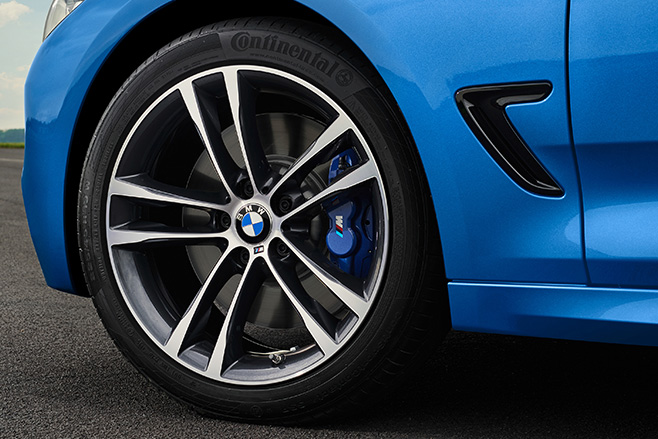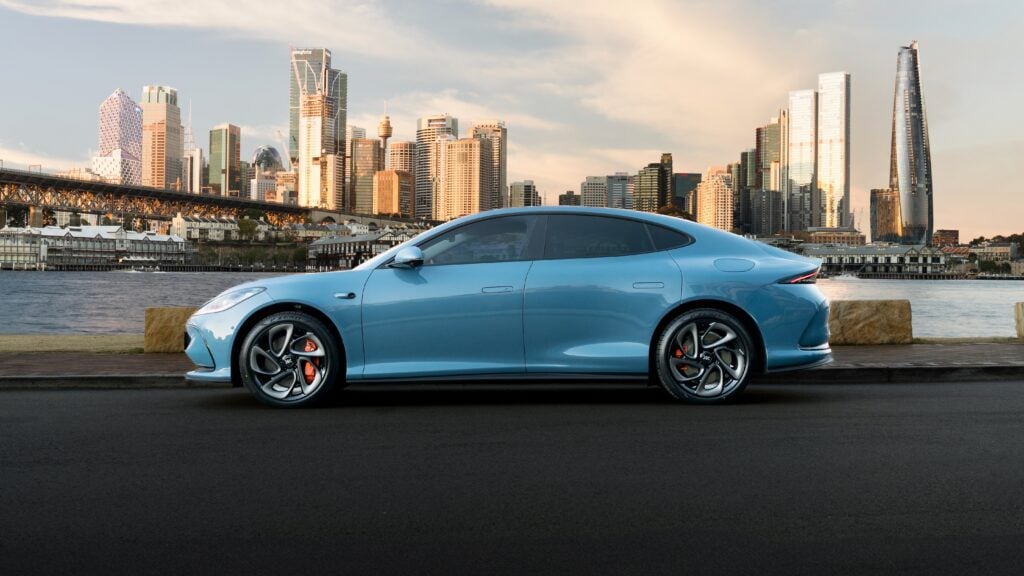
Cars and the automotive world can be a baffling place to navigate even when we’re not stressed out about how much the next visit to the petrol station will cost.
WhichCar’s Daniel Gardner spoke with Brent Bultitude of 2HD Radio Newcastle about whether it’s worth spending extra on high-octane petrol, if diesel is more economical than petrol and whether or not run-flat tyres are a good idea.
Want to know more? Listen to the interview or read-on below.
Does my car need 98 octane fuel?
Let’s start with what that little number on the pump at the servo means.
Octane is a chemical and one of the substances that gives petrol its distinctive smell, but it should not be confused with the octane rating (RON) of fuel.
While octane is an ingredient in pump petrol, it is not directly linked to its RON number, and you might be surprised to learn that pure octane isn’t rated as high on the RON scale as petrol – a blend of many.

The confusion most likely originates in the USA where fuel was and still is marketed as ‘high octane’.
Many assume this relates to a higher octane content in the fuel but, in fact, it means the fuel has a higher octane rating.
The octane rating (Research Octane Number) refers to how resistant the fuel is to ‘detonation’ – a damaging event when the fuel spontaneously combusts rather than a more gentle and intentional ignition.
Therefore, higher octane rated fuel allows high-performance and modern engines to manage the process of using petrol to produce power more efficiently and effectively but is wasted in less advanced or older engines.

Put simply then, if your car asks for ‘high-octane’ petrol such as 95 or 98 RON on the inside of the filler cap or owner’s manual, it will function as close to the way the manufacturer designed when fuelled by it.
Filling it up with a lower 91RON fuel won’t necessarily damage your engine, but there could be a perceptible reduction in performance or even efficiency.
Conversely, you won’t get better performance or mileage out of an old engine that accepts 91RON by filling up with higher grade petrol.
Stick to what the manufacturer advises and if in doubt, run a tank of different fuel during your normal driving routine and see if the power or efficiency is impacted.
There’s nothing especially bad about putting in a grade higher than the manufacturer recommends, but why would you with record-high petrol prices?
That said, we don’t advise going lower than the minimum recommended RON.
Petrol or diesel?
There is no definitive answer to this often encountered decision since the driving and transport needs of drivers vary significantly, but there are a few guidelines at least and it mostly comes down to the type of driving.

Diesel engines like to be worked hard and that includes, long freeway trips, towing and heavy loads of people or things.
If you aren’t frequently giving these types of duties to your car you won’t get the full advantages of a diesel engine nor will it remain in peak performance for long.
That’s because modern diesel engines are designed to be the workhorses of the road and their sophisticated emissions control systems require the heat generated by hard work to function correctly.
It’s also worth considering that a diesel’s advantage is in low-revs torque and lots of pulling power, which is not exploited by light duties.
While petrol engines certainly aren’t work-shy and also benefit from a good blast, they are far better suited to lighter load and infrequent or shorter trips.
If you only hop in the car once a week to pick up some groceries, petrol is probably the way.
That said, modern turbocharging and clever electronics are making petrol engines almost as torquey as diesels with similar fuel efficiency advantages.
In other words, the performance divide between petrol and diesel is much narrower than it used to be.
Of course, if neither scenario quite fits your purposes, maybe it’s time to consider going hybrid or electric?
Do I need ‘run-flat’ tyres?
Here’s another automotive irony – so-called run-flat tyres never actually run flat. These special tyres have been designed with a stronger construction, particularly in the side walls.
If the tyre is punctured and the air inside escapes, the structure of the tyre will not immediately collapse (go flat) like a normal version.

Run-flats can only be fitted to a vehicle equipped with a tyre pressure monitoring system to alert the driver if there is a puncture because there’s very little way of telling otherwise.
The key advantage with these special tyres is that they allow the car to be driven to the tyre repair shop and the driver is not exposed to danger trying to fit the spare.
It also removes the need to carry around a spare unless there is more significant damage to the tyre. Under these circumstances, run-flats can be a disadvantage.
Contrary to popular belief, a punctured run-flat can be repaired. As long as the owner can guarantee that the tyre has not been driven unpressurised further than the manufacturer recommends, there is no reason a run-flat tyre cannot be patched just like a normal tyre.
If the tyre has exceeded the safe distance under the minimum inflation pressure, the structure will have been weakened and it must be replaced.
If the warning light comes on, investigate it immediately.
We recommend
-
 Advice
AdviceThe check engine light is on in my car, what should I do?
This is one of the mysterious amber lights in your dashboard. What does it mean if the CEL is flashing or solid, and what are the causes?
-
 Advice
AdviceWhat does the airbag warning light mean?
Why does this light come on and what should you do next?




